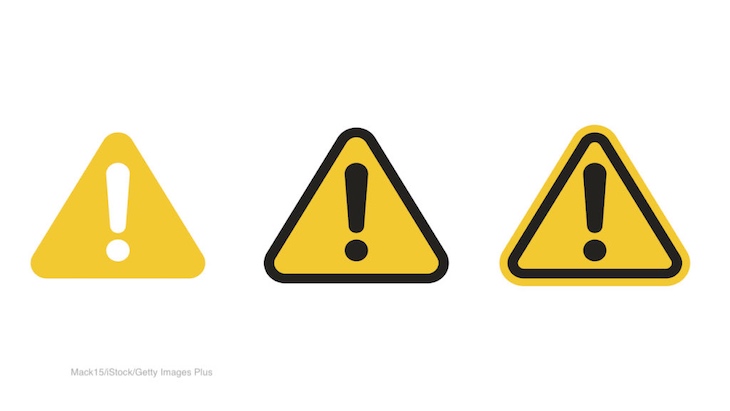Are gas ranges really a health risk? There is lots of hype on the news about the possible dangers of this appliance, along with rumors of regulations. Consumer Reports investigates to see what the problem really is.

First of all, the head of the U.S. Consumer Product Safety Commission (CPSC) says that there are no plans to ban gas stoves. Alexander Hoehn-Saric said in a statement, “Over the past several days, there has been a lot of attention paid to gas stove emissions and to the Consumer Product Safety Commission. Research indicates that emissions from gas stoves can be hazardous, and the CPSC is looking for ways to reduce related indoor air quality hazards. But to be clear, I am not looking to ban gas stoves and the CPSC has no proceeding to do so.
“CPSC is researching gas emissions in stoves and exploring new ways to address health risks. CPSC also is actively engaged in strengthening voluntary safety standards for gas stoves. And later this spring, we will be asking the public to provide us with information about gas stove emissions and potential solutions for reducing any associated risks. This is part of our product safety mission – learning about hazards and working to make products safer.”
Consumer Reports (CR) says that gas ranges can emit nitrogen oxides, which are also emitted by vehicles and power plants. Ranges can emit these gases at a level that may be more than double the standard for outdoor air set by the Environmental Protection Agency.
So Consumer Reports measured emissions of NOx and other gases, in a setting mimicking people cooking at home. They found NO2 at levels above those recommended by some organizations for indoors. (The United Sates has not set limits on this gas for indoor air, so CR used guidelines set by the WHO and HealthCanada.) NO2 increases the risk of childhood asthma, which is at global epidemic proportions, and is associated with other lung diseases.
So if you have a gas range, what can you do? First of all, use the range hood every time you use the stovetop or oven, even if it doesn’t vent outside. If yours doesn’t vent outside, crack open a window. Open a window even if you do have a range hood. Think about installing a good venting range hood if you don’t have one. And use a fan to help circulate the air and help the gasses disperse.




